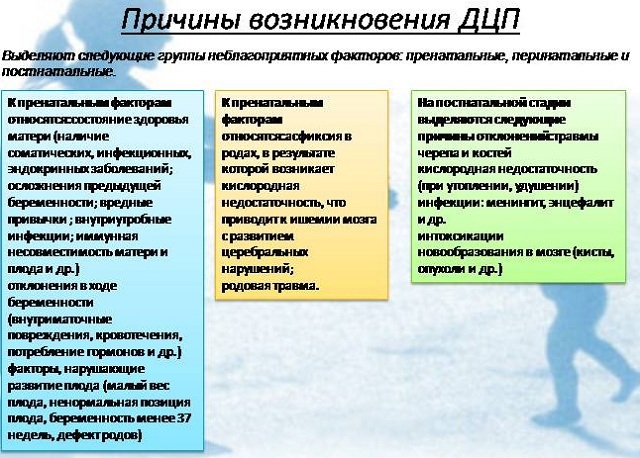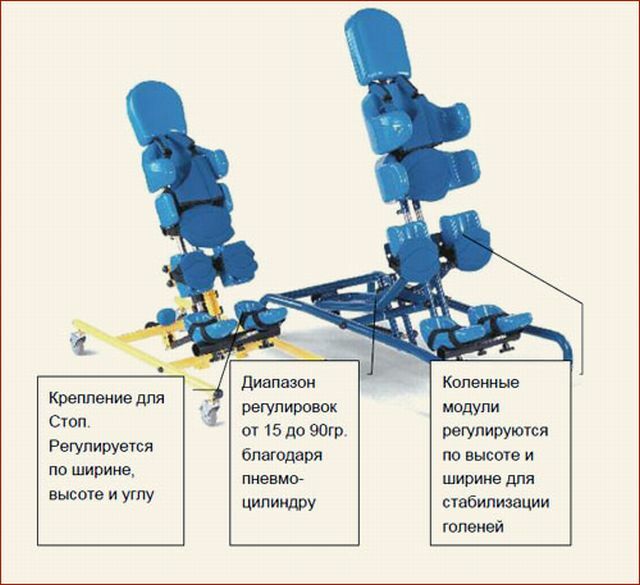Every micron human body laced with the finest network of nerve trunks, Supercomplex coordinating the activities of the whole organism. However, despite the paramount importance of the nervous system, it is quite fragile structure, able for whatever reason to give a "fail" and cause any neurological pathology.
It is to this group of diseases relates sciatica, better known as sciatica.
Starting at the level of the lumbar-sacral, sciatic nerve is directed downwards and sends its branches to the hip, knee, ankle, shin, foot and finger bones. Thus, the sciatic nerve extends to the entire lower limb, providing it with sensitivity and mobility. However, it is an essential element sacral plexus, ensuring normal operation of all the pelvic organs.
Wide area innervation sciatic nerve is closely associated with clinical manifestations of sciatica. Therefore, the sciatica symptoms largely depend on on what part of the nerve root lesion occurred.

symptoms of sciatica
Leading symptoms of sciatica are
- the pain of the lower extremities,
- sensory disturbances and motor activity of the lower extremities.
These symptoms vary in location, severity, nature and duration. For example, pain may be the nature firing, burning, stabbing, aching, or pulling. Another typical feature of sciatica - paroxysmal pain when periods of heightened pain alternating with temporary weakening or even complete "calm."
Typically, the pain are descending character, appearing first in the lumbar region and is gradually sinking to the lower divisions, down to the fingertips. Pain mostly occur only in one leg, but with bilateral sciatica in the pathological process involved both limbs, making the patient's life in a painful punishment. Especially when the pain is so intense that almost paralyzes the patient: during such attacks any movement, whether the attempt to sit down, pull the leg or simply transfer the body weight from one leg to the other, ending a sharp aggravation of pain sensations.
However, sciatica, symptoms can be limited only moderate morbidity is quite tolerable, and the priority becomes sensitivity disorder when the fore numbness, tingling, feeling of "pins and needles" in one or another parts of the body.
Since the sciatic nerve innervation provides individual muscle groups, sciatica leads to gradual weakening and even partial atrophy of certain muscles. In particular, the patient may experience serious difficulties with bending the leg and lifting the foot. In more severe cases, may develop even incontinence as a result of close cooperation sciatic nerve pathways to other peripheral nervous system, responsible for the operation of the internal authorities.
Diagnostics
Since sciatica symptoms can be vague, and also often "masked" manifestations of underlying disease, the main role in the diagnosis of sciatica they do not play. Diagnosis of sciatica is based mainly on clinical and neurological examination of the patient and device-instrumental methods of research.
Clinico-neurological examination is, first of all, in determining the increased pain sensitivity in the performance of the patient of certain actions. For example, if in a prone position to raise the straightened leg, in the presence of sciatica in the lumbosacral or in the course of the affected nerve causes severe pain, ceasing as lowering the patient limb (test Lasegue). The physician's arsenal there are a number of similar tests to more accurately diagnose disease (spondylitis symptoms Lerreya, Fayershteyna et al.).
However, the doctor needs to determine not only the fact of neuralgia of the sciatic nerve, as to find out the reason for his appearance. After effective treatment of sciatica is possible only if the correct identification of the causative factor or as doctors say, the etiology of the disease.
sciatica treatment
sciatica treatment can not be successful without eliminating the main reason that caused this pathology. On the other hand, if all efforts to direct only to eliminate the cause, it would be inhumane to the patient, who was suffering from severe pain. Therefore, treatment of sciatica must be complex, and directed to the source of the nerve damage, and clinical symptoms.
In a first step the patient is prescribed conservative (non-surgical) treatment aimed at reducing inflammation and softening painful attacks. For this purpose, use as anti-inflammatory and analgesic drugs and physiotherapeutic procedures (electrophoresis, UHF, magnetic, etc.).
In addition, widespread such conservative methods:
- acupuncture,
- manual therapy,
- electrical stimulation of the muscles,
- wearing of the fixing belts.
However, symptomatic treatment of sciatica only facilitates the patient's condition, but does not cure it. To get rid of the disease permanently, it should be used in parallel causal treatment, ie, treatment directed at the source of the disease. If sciatica was the result of pelvic pathology, it is necessary to treat the underlying disease. If the sciatic nerve is affected by the attack of infectious agents, requires an appropriate antibiotic or antiviral therapy.
Unfortunately, conservative treatments are not always effective. If sciatica occurs against a background compression of the nerve roots herniated disk or tumor, surgical treatment of sciatica is inevitable.
Causes
The reasons for the development of sciatica can be quite a lot:
- diseases of the spine,
- pinching the nerve root tumor,
- viral or toxic lesion of the sciatic nerve and others.
That is why more informative diagnosis is possible only during the hardware and instrumental studies. These include, first of all,
- X-ray examination,
- CT and MRI of the lumbosacral.
These studies often allow you to quickly determine the source of disease and to proceed immediately to the treatment of sciatica. As an additional diagnostic showing the functional soundness of the sciatic nerve, using electroneuromyography which gives an opportunity to assess how much has changed the speed of nerve impulses and the time interval after which there is muscle contraction in response to stimulation nerve.
Since the pain accompanying a great number of various diseases, to avoid errors in the diagnosis of doubtful cases to resort to so-called differential diagnosis. For example, to distinguish between sciatica pain of vascular origin allows Doppler ultrasound - blood research method in the arteries and veins. Sciatica vessels are not affected, so no blood flow changes, of course, can not be detected.


